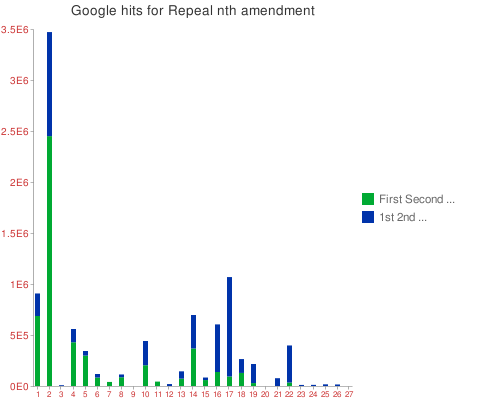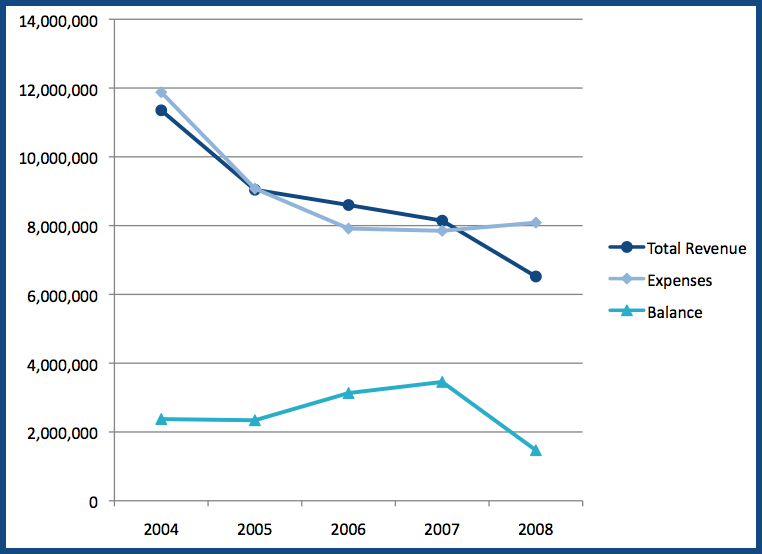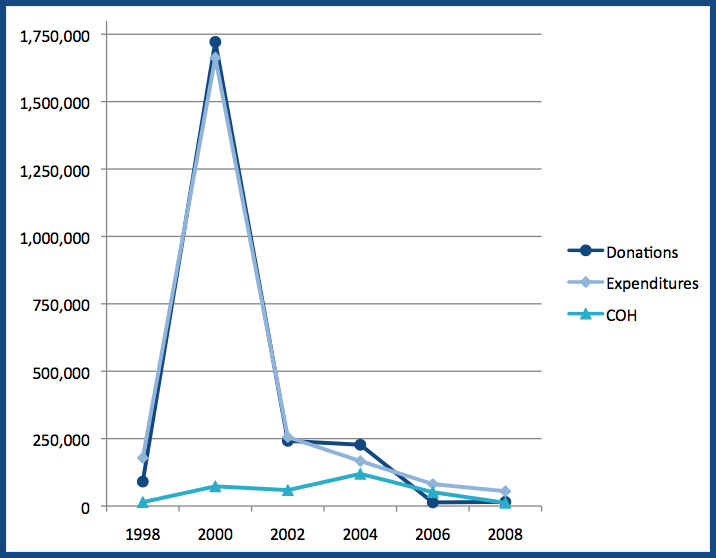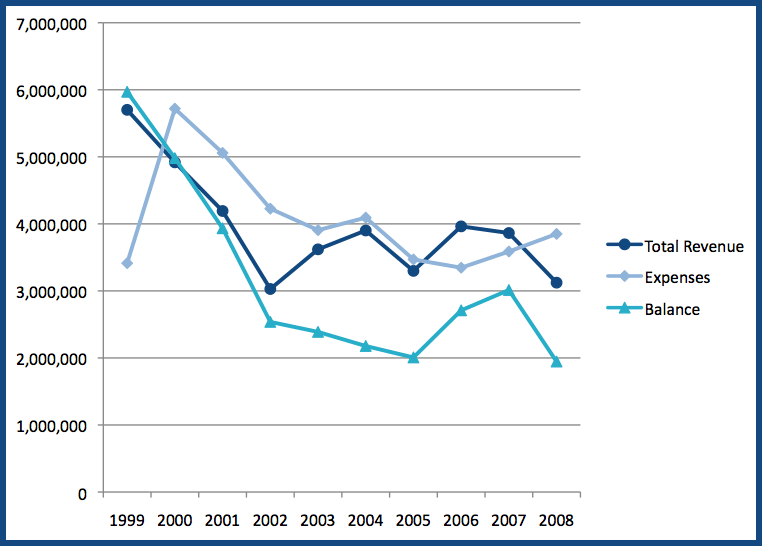Over at The Swiss Gun Blog, some great pictures of the standard sidearm of the Swiss Army, the SIG 210, referred to by it’s military designation, Pistole 49.
Month: April 2010
Will Guns be an Issue in the 2010 Elections?
There’s not a lot happening at the national level in the political sphere of our issue. Yes, we’re waiting on McDonald & Stevens, but those aren’t things we can control directly at the ballot box. (Though with Obama likely to get 2 or more SCOTUS appointments, pay close attention to your Senate candidates.) With so much uncertainty in the economy, it seems hard to imagine that guns will play a significant factor in 2010.
So imagine my surprise when the Second Amendment is getting some play out in Pennsylvania’s 12th district – the race to replace the late John Murtha. It’s been tweeted and is now appearing in commercials. Both candidates in the special election discuss it on their website. Our issue has not gone away, and politicians are still rushing to embrace gun owners in many areas. What can I say, other than it’s nice to be winning.
Parallels
Dave has another interesting post on Obamacase here, which are follow ups to discussion here and here.
Comparisons to Kristallnacht are Greatly Overblown
Jonah Goldberg doesn’t much like the righty violence, but thinks the comparisons to Kristallnacht are greatly overstated, and that the left is just as guilty of the right when it comes to fear mongering.
Coolest Job in the World
This looks a hell of a lot more interesting than the biotech business. I just need to learn how to fly a 737.
Online Chatter About Repeal
It would seem that someone is doing a lot of chattering about repealing the Second Amendment. Whether it comes from folks on our side talking about those who want to do it or from folks on the other side who want to do it, it sure tops out all of the other amendments.

At least it looks like Amendments 9, 20, and 27 are safe.
Cross-posted from PAGunRights.com.
Military Destroying Brass Again?
The Overall Health of the Brady Campaign
Again, by reader request, I reworked the numbers a bit. beatbox made a good point that combining the total donations and expenses of both the Brady Campaign and Brady Center would give us a better picture of the organization’s overall health. I would agree in very broad terms.*
As you can see, 2008 is really the outlier when you look at the combined revenue/expense model. That shouldn’t be shocking because of not only the recession, but the Heller loss early in the year before most donations arrive. There is definitely a downward trend, but their combined “cushions” didn’t really take a major hit until 2008.
*It was still handy to break down the individual data because that tells us if they are heading for a re-alignment and/or shifting their strategy. At some point, they will need to reorganize and probably rename themselves again. Consider that the main event they use to tug at heartstrings happened just two months after I was born – and I’m approaching the age where women start lying about their age. There’s no context or meaning to it anymore for a good number of Americans. With the courts as the new major battleground for the next few decades, it just makes sense for them to shift their limited resources to litigation and related support services. These are the changes we will see in the organization breakdown featured in the first post on the subject.
Talking About Militias
The New York Times is running a series, which isn’t too bad. They at least talk to Robert Churchill, who understands the differences between the various groups. One other thing I’m happy to see is academics acknowledging that the government missteps, crimes and cover-ups at Ruby Ridge and Waco contributed to the rise of militia groups. The left shouldn’t just outright dismiss the concerns about criminal actions by law enforcement as just a bunch of right-wing nuttery. That’s something every American should be concerned about. When the people see their government commit crimes, and then not only fail to see the perpetrators held accountable, but so see them promoted while misdeeds are covered up, it undermines people’s faith in the system to the point where they believe drastic action is necessary. Given that pool of anger and resentment, you’re always going to find charlatans and opportunists willing and able to pour gasoline over the fire.
Looking Back a Bit Further
In the last post, beatbox mentioned the Brady campaign finance data for their PAC arm and how much it has been hurting in recent years. I didn’t include that information in the initial look at the Brady finances because without diving into tons of very convoluted campaign finance reports, it’s a pain in the ass to break out by individual year as opposed to election cycle. And really, a year-by-year breakdown won’t give you any more insight that’s worth looking at. I wanted to keep the data sets in one post the same, or in the case of this post, similar.
Joe Huffman also piped up that he had some older 990s from the Brady camp, though it turns out they are only for the Center. Hugely useful data going back to 1999 (technically 1997, but missing 1998, so I’ll start out in 1999) for the Center, and he deserves a huge kudos for putting that together. But, because the Campaign appears to have been their core source of income until 2008, I don’t want to skew the data by updating only the Center’s numbers in the last post.
So what do the prior two paragraphs mean? Just that here is the data for the Brady PAC donation/expenditures/cash on hand for 1997-2008 (the 1998-2008 cycles) and the Brady Center revenue/expenses/ending assets for 1999-2008. (The ending asset is what I previously described as their cushion or nest egg, essentially savings they can dip into when they spend too much.)
Remember, these are similar time periods, not perfect matches. The PAC cycle includes two years that the Center graph does not.
For those of you keeping score at home, this shows that the “cushion” they could dip into when major legal threats come up has fallen by more than 67% since 1999.



